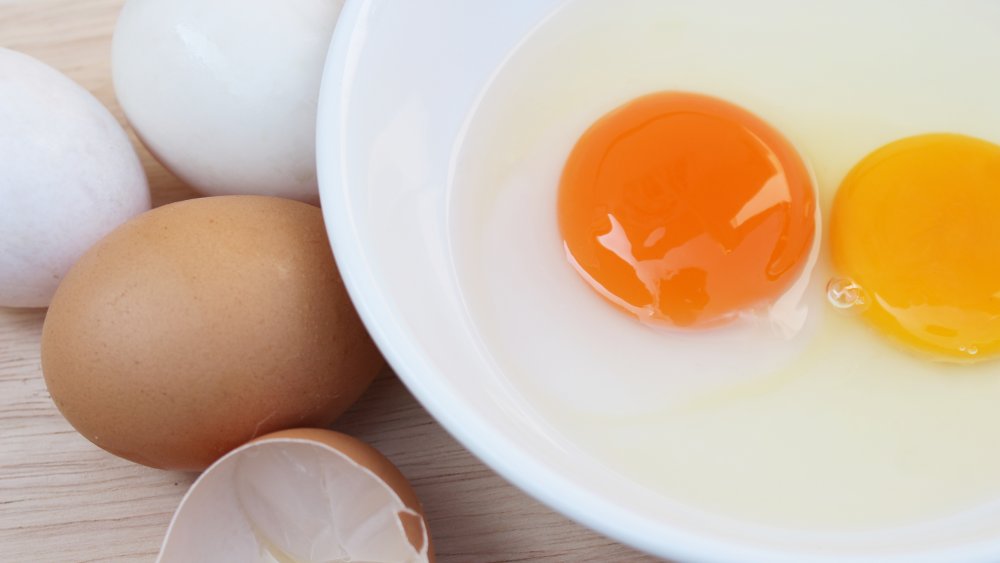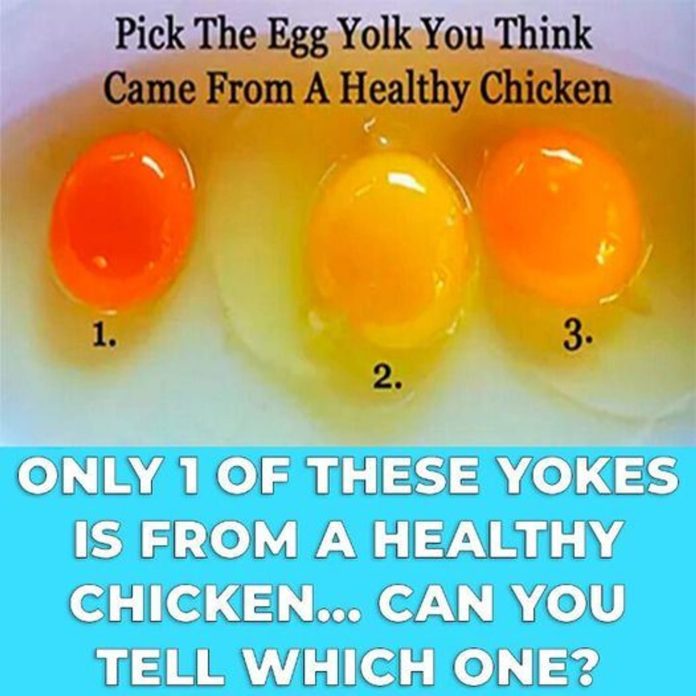Eggs are a versatile and essential ingredient in countless kitchens around the world. Whether you’re whipping up a fluffy cake, crafting a perfect omelet, or preparing scrambled eggs for breakfast, the quality of your eggs plays a crucial role in the success of your dish. But did you know that the color and appearance of an egg’s yolk can reveal a lot about its quality and the health of the chicken that laid it? Here’s an in-depth guide to understanding egg quality and making the best choices for your cooking needs.
The Importance of Egg Quality
The quality of an egg doesn’t just affect the taste of your dishes—it can also impact the nutritional value of your meals. High-quality eggs come from healthy chickens, which are typically raised in better living conditions and fed more nutritious diets. By understanding the factors that influence egg quality, you can elevate your cooking and ensure you’re providing wholesome meals for yourself and your family.
The Role of Yolk Color in Determining Egg Quality
One of the most noticeable aspects of an egg’s quality is the color of its yolk. While many people assume that a yellow yolk is a sign of a high-quality egg, the truth is more nuanced. The color of the yolk is directly influenced by the diet of the chicken, and it can range from pale yellow to bright orange or even dark shades.

Yellow Yolk: The Standard Color
Most store-bought eggs have yolks that are pale yellow. These eggs typically come from commercially raised chickens that are fed a basic diet consisting of grains and other standard feed. While yellow yolks are common and acceptable, they may not indicate the highest quality or nutritional value.
Bright Orange Yolk: A Sign of Superior Quality
A bright orange yolk is a strong indicator of a superior egg. This vibrant hue suggests that the chicken was fed a nutrient-rich diet that included natural sources of vitamins and minerals, such as grasses, seeds, and insects. Chickens with access to outdoor spaces and a varied diet are more likely to produce eggs with orange yolks. These eggs not only have a richer flavor but also boast higher levels of essential nutrients, including omega-3 fatty acids, beta-carotene, and vitamins A, D, and E.
Dark Yolk: What It Means
While a dark yolk isn’t necessarily bad, it can signal an imbalance in the chicken’s diet. A dark or dull-colored yolk may indicate that the chicken was not receiving adequate nutrition. Although these eggs are generally safe to eat, they might lack the nutritional benefits and vibrant flavor of eggs with bright orange yolks.
Free-Range vs. Store-Bought Eggs
One of the primary factors influencing yolk color and egg quality is the chicken’s living conditions. Chickens raised in free-range environments typically have access to outdoor spaces where they can forage for a diverse array of foods, including grasses and insects. This natural diet contributes to the bright orange yolks that signify a healthy and well-fed chicken.
In contrast, store-bought eggs often come from chickens raised in confined spaces with limited access to natural food sources. These chickens are usually fed a standardized diet, resulting in the pale yellow yolks that are common in commercial eggs.
Why Yolk Color Matters for Your Recipes
The color of the yolk can significantly impact the flavor and nutritional value of your dishes. Bright orange yolks, with their richer taste and nutrient density, can enhance the quality of baked goods, omelets, and other recipes. Additionally, choosing eggs with vibrant yolks supports ethical farming practices by encouraging the purchase of eggs from healthier, more humanely raised chickens.

How to Select the Best Eggs
Here are some tips for choosing high-quality eggs:
- Look for Free-Range or Pasture-Raised Labels
Eggs labeled as free-range or pasture-raised are more likely to come from chickens that have had access to a natural diet, resulting in brighter yolks. - Check for Bright Yolk Color
When you crack an egg, take note of the yolk’s color. Bright orange yolks are a sign of a healthier chicken and a higher-quality egg. - Consider Local Farms
Purchasing eggs from local farmers or farmers’ markets can be a great way to ensure you’re getting fresh, nutrient-rich eggs from well-cared-for chickens. - Examine the Shell
While yolk color is important, the condition of the shell can also provide clues about egg quality. A strong, clean shell indicates that the egg is fresh and comes from a healthy chicken.
The Bottom Line
Paying attention to the color of an egg’s yolk is a simple yet effective way to assess its quality. Bright orange yolks signal that the chicken has been raised in optimal conditions and fed a nutritious diet, resulting in eggs that are flavorful, nutrient-rich, and perfect for your cooking needs. So, the next time you’re at the store or farmers’ market, choose eggs that reflect the health and well-being of the chickens they come from—you’ll taste the difference in every bite!

















